Blog, Spectacle Frames
How to Choose the Right Frame for Your Face: Your Personal Guide to Perfect Glasses
Ever stood in front of a mirror trying on frames that somehow make your face look off, but couldn’t figure out why? You’re not alone. Picking glasses shouldn’t feel like solving a riddle – especially when your face shape holds the key. Most of us grab frames we think look cool, only to realize later they clash with our natural features. What if you could walk into any store (or shop online) and instantly know which styles will flatter your unique face? Let’s ditch the guesswork and discover how to find your Right Frame for Your Face without falling for generic advice that ignores real Indian faces. Forget those stiff “as we all know” lectures – you’ll get practical, no-nonsense tips that actually work. Ready to see yourself in a whole new light? Let’s dive in.
Why Your Face Shape Matters More Than You Think
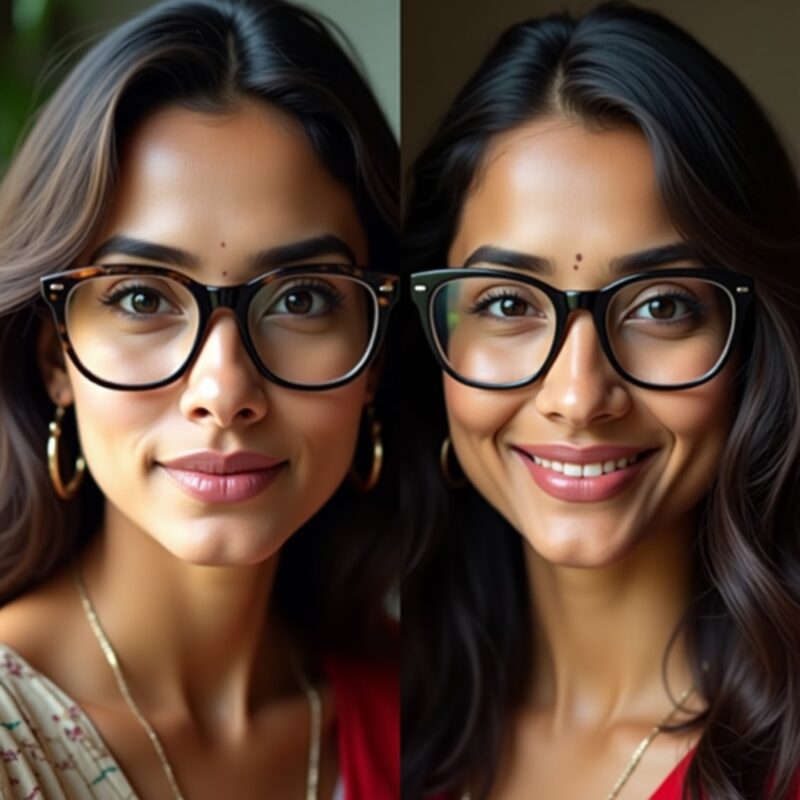
Choosing frames based on face shape isn’t just designer jargon – it’s basic geometry working for you. Think of your face as a canvas; the wrong frame distorts the picture, while the right one highlights your best features. Most Indians have oval or square face shapes, but lumping everyone into broad categories misses the nuances that make your face special. When frames align with your bone structure, they balance proportions naturally – like how angular frames add definition to round faces or soft curves soften square jaws. Ever notice how some celebrities’ glasses look iconic while others seem… awkward? That’s face shape harmony (or lack thereof) in action. Ignoring this means settling for “meh” instead of “wow.” Your glasses should feel like they were made for you, not a mannequin. So before you swipe your card, let’s decode what your face is quietly telling you.
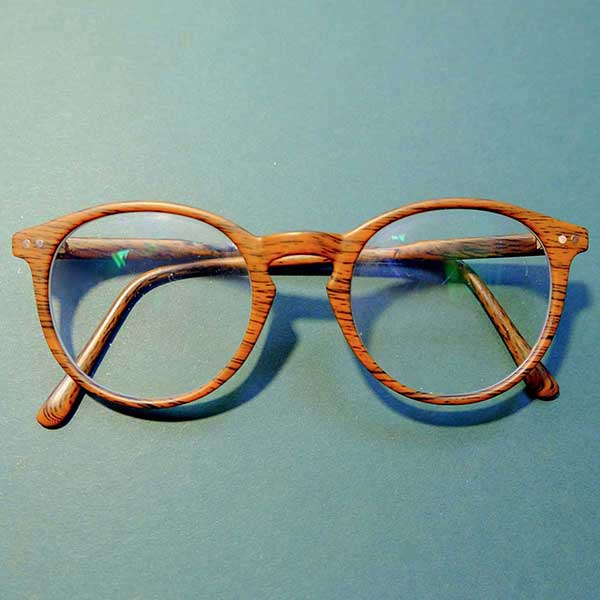
Eyeglasses
The Simple Mirror Test: Find Your Shape in 60 Seconds
Grab a mirror and trace your face outline with a washable marker (or just observe closely). No ruler needed—here’s how to spot your shape:
Oval Face: The Lucky All-Rounder
Your forehead is slightly wider than your chin, with soft jawlines and balanced proportions. Lucky you! Oval faces suit nearly every frame style, but avoid oversized designs that overwhelm your features. Rectangle or cat-eye frames usually enhance your natural symmetry best. Just remember: the goal isn’t to change your face but to let it shine.
Round Face: Add Definition, Not More Curves
Full cheeks, equal width/height, and gentle jawlines define this shape. Square or rectangular frames are your secret weapon – they add structure to soften “chubby” appearances. Steer clear of circular frames (they’ll double the roundness). Angular styles like D-square or aviators create flattering contrast, making your face look longer and sharper.

Square Face: Soften Those Strong Angles
Broad foreheads, wide jaws, and sharp cheekbones? Square faces need frames that soften edges. Oval, round, or cat-eye shapes work magic by introducing curves where angles dominate. Avoid boxy frames – they’ll amplify that “strong jaw” look you might want to balance. Wayfarers or clear-bridge designs visually lengthen your face, adding elegance without hiding your confidence.
Heart Face: Balance the Forehead and Chin
Wider foreheads taper to narrow chins (think Bollywood stars like Deepika Padukone). Your mission: minimize the forehead while highlighting your jaw. Bottom-heavy frames like aviators or round styles draw eyes downward. Skip top-heavy designs – they’ll exaggerate width up top. Cat-eyes? Perfect! They mirror your face’s natural curve, creating harmony.
Diamond Face: Highlight Those Cheekbones
Narrow foreheads/chins with wide cheekbones define this rare shape. Rimless or oval frames keep attention on your striking bone structure. Avoid narrow frames – they’ll make cheekbones look even wider. Instead, choose styles with decorative temples or soft curves to balance proportions.
Beyond Shape: Indian-Specific Factors You Can’t Ignore
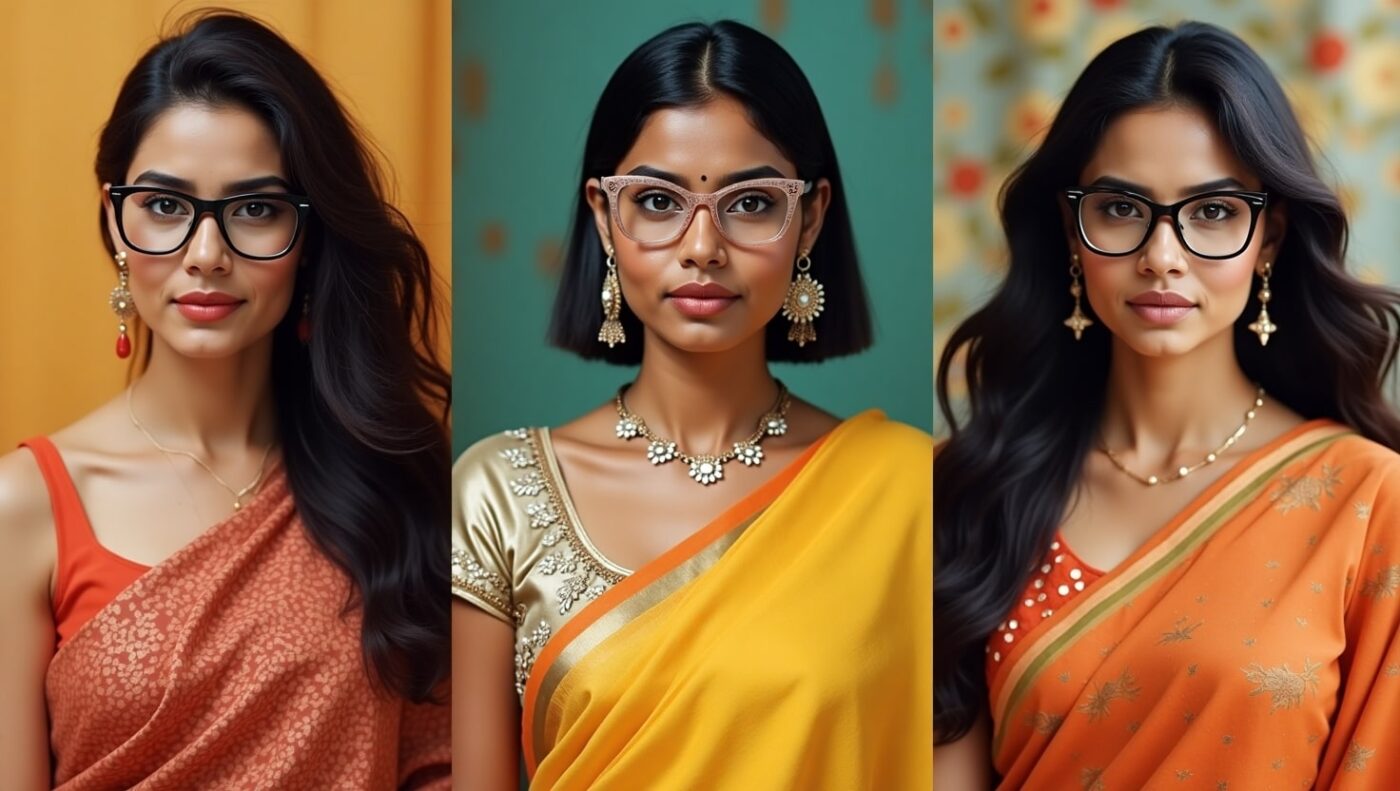
Your Skin Tone’s Role in Frame Selection
Warm undertones (golden/yellow skin) pair beautifully with tortoiseshell, gold, or earthy tones. Cool undertones (pink/red hints) shine in silver, black, or jewel colors. Hold a white and off-white paper near your face – whichever makes you glow reveals your undertone. This isn’t just “fashion fluff”; the right color makes your eyes pop against Indian complexions.
How Traditional Attire Changes the Game
Wearing sarees or kurtas? Your frames should complement, not clash with, your ethnic style. Delicate gold frames elevate silk sarees, while bold acetate suits vibrant kurtas. Avoid overly flashy frames with intricate outfits – they’ll compete for attention. Instead, match frame energy to your ensemble: subtle for heavy embroidery, statement-making for simple cottons. Your glasses are jewelry for your face; treat them like part of your entire look.
Climate Considerations for Indian Weather
Monsoons demand lightweight acetate or titanium frames that won’t slip when you sweat. In dry heat, avoid plastic frames that crack – opt for flexible metal alloys. Anti-reflective coating is non-negotiable for sunny Indian roads, reducing glare while keeping frames looking sleek. And if you wear sindoor or bindi, ensure frames don’t press against your forehead – nose pads should sit comfortably without smudging.
Frame Anatomy Demystified: What Each Part Actually Does
Lens Shape vs. Frame Shape: Don’t Get Tricked
Lens shape (the glass area) and frame shape (the outer structure) work differently. Round lenses in square frames? That’s a hybrid style balancing softness and structure – ideal for square-faced folks wanting subtle definition. Always assess both elements: the lens directs where eyes focus, while the frame sets the overall vibe.
Temple Length and Nose Bridge: The Comfort Killers
Ever had frames slip constantly? Your nose bridge is likely too flat or high for standard designs. Asian-fit frames (common in India) sit higher on the nose with wider temples. Try this: pinch your nose—if frames slide down, you need adjustable nose pads. Short temples cause temple pain; longer ones prevent “headband headaches.” Your comfort isn’t optional – it’s part of the fit.
H4: Fixing Common Fit Fails for Indian Faces
- Slipping frames? Look for silicone nose pads or curved temple tips.
- Red marks on nose? Try keyhole bridges (they distribute weight evenly).
- Frames too tight? Warm acetate frames with a hairdryer for 10 seconds—they’ll mold to your head.
Budget Hacks: Getting Premium Quality Without the Price Tag
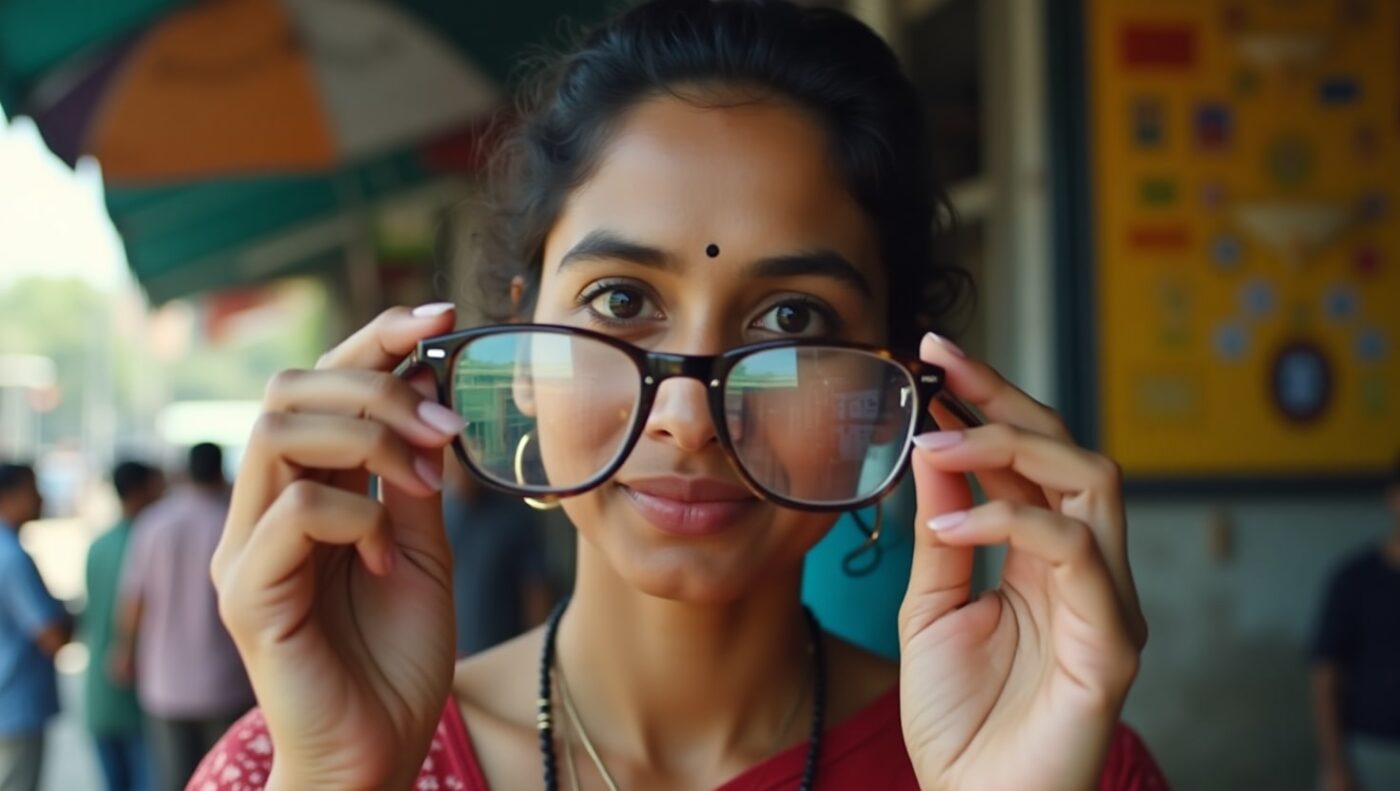
When to Splurge vs. Save
Invest in lenses (anti-scratch coatings save money long-term) but save on frames. Affordable brands like Titan Eyeplus offer designer dupes under ₹2,000 that mimic ₹10,000 styles. For daily wear, choose durable acetate; reserve metal frames for special occasions. Remember: expensive ≠ better. A ₹1,500 frame from a reputable Indian brand often beats a ₹5,000 unknown import.
Online Shopping Tricks Every Indian Should Know
- Virtual try-on tools work best with well-lit selfies (use natural light near a window).
- Check return policies before ordering—many Indian sites offer free exchanges.
- Measure your current best-fitting frame: Temple length + lens width = your magic number.
Style Pitfalls That Scream “Tourist” (Avoid These!)
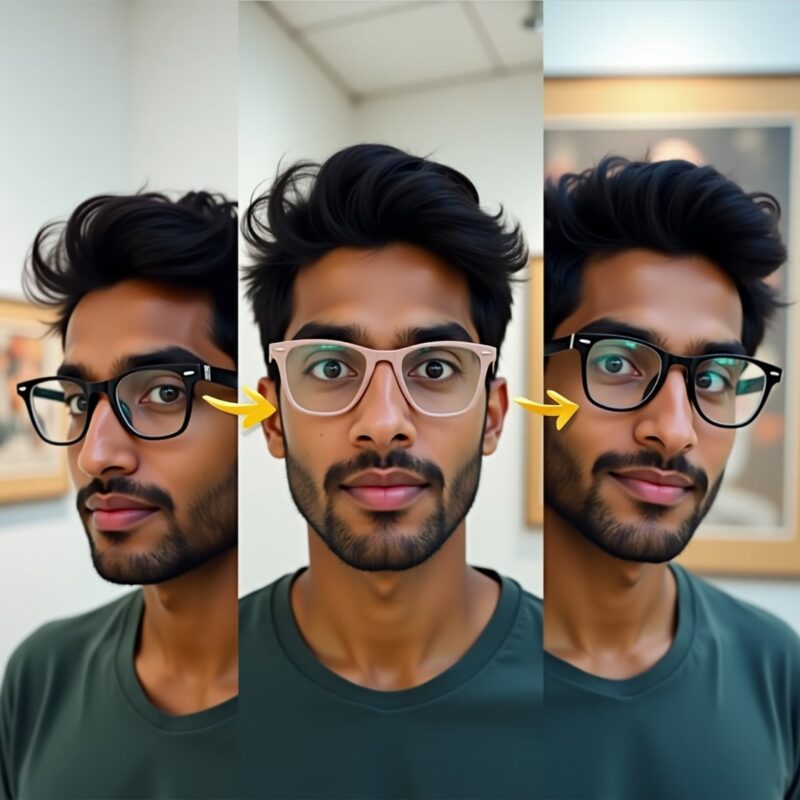
Overdoing “Trendy” Frames
That oversized cat-eye might look cool on Instagram, but if it dwarfs your face, it’ll feel costume-y. Trends should adapt to you—not the other way around. If a style dominates all social media (like tiny round frames did in 2023), it’s probably wrong for 90% of face shapes. Your glasses should whisper “thoughtful” not shout “bandwagon.”
Ignoring Your Lifestyle
Gym enthusiasts need flexible TR-90 frames that won’t snap during workouts. Office workers should prioritize blue-light lenses with minimalist frames. Parents with kids? Skip delicate metal—they’ll bend in toddler hugs. Your frames must survive your actual life, not a curated Pinterest board.
Pro Tips from Indian Opticians You Won’t Find Online
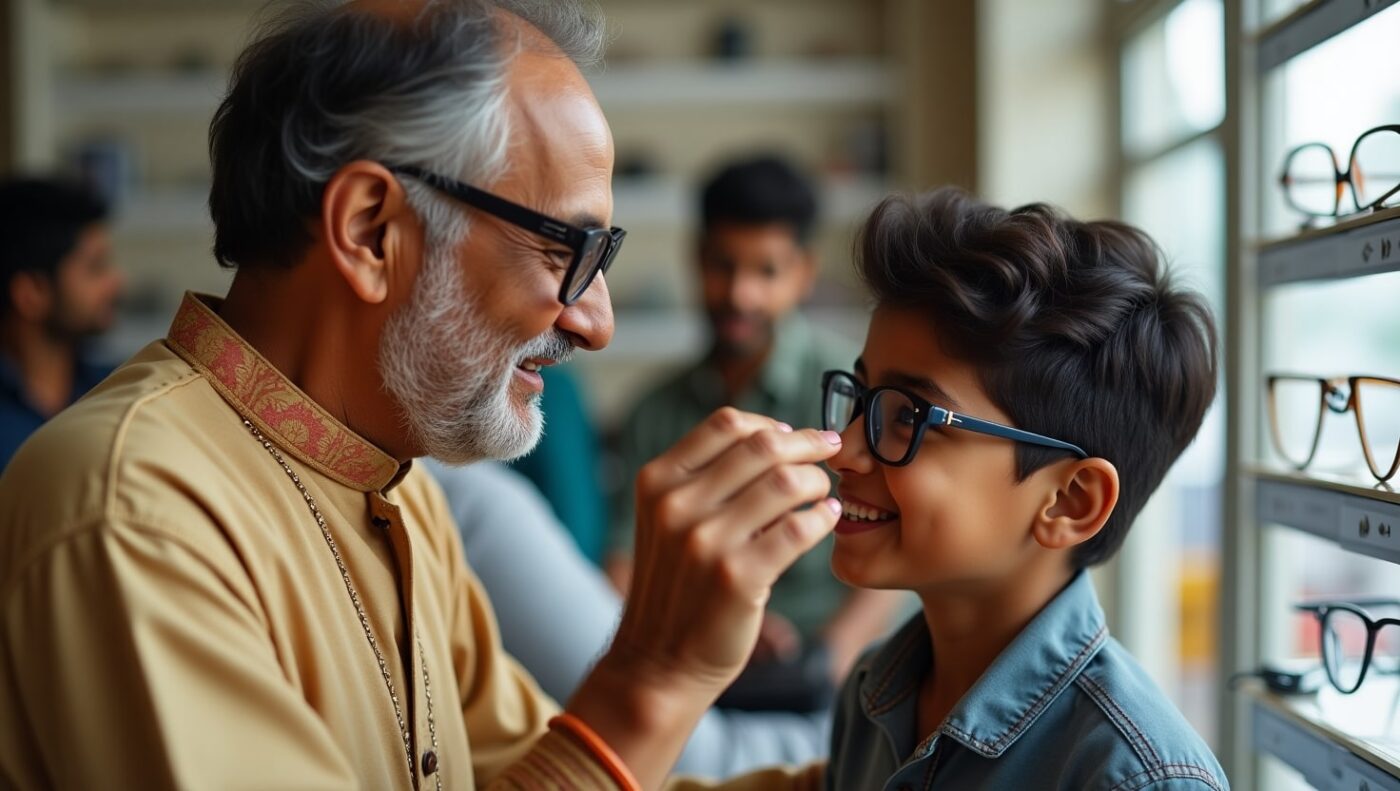
The Brow Bone Rule
Your frame’s top edge should follow your natural brow line—not cover it. This creates facial balance, especially crucial for Indian eyebrows (which are often fuller). Too high? You’ll look perpetually surprised. Too low? It chops your face visually. Simple fix: raise frames slightly until they “float” above brows.
The Eyeball Centering Trick
When trying frames, your pupils should sit dead-center in the lens horizontally and in the top half vertically. This isn’t just optical—it affects how others see you. Off-center eyes make you look tired or unapproachable. A good optician adjusts this first; don’t skip this step!
Special Cases: Glasses for Kids, Seniors, and Bifocal Wearers

Kids’ Frames: Durability Over Style (But They Still Want Cool)
Flexible hinges and silicone coatings prevent breakage during play. For round-faced kids, rectangular frames prevent “baby face” exaggeration. Let them pick colors—they’ll actually wear the glasses. Pro tip: Bright temples distract from scratches.
Bifocal Blending for Mature Faces
Avoid thick “line” bifocals—they add visual weight. Seamless progressive lenses with rimless frames keep attention on your eyes, not the lens division. For square-faced seniors, oval frames soften aging lines. Your glasses should age with you, not against you.
Putting It All Together: Your 5-Step Action Plan
- Identify your shape using the mirror test (no apps needed).
- Pick 3 frame styles that counterbalance your features (e.g., square frames for round faces).
- Check fit using the brow bone and eyeball centering rules.
- Match to your lifestyle—will these survive your commute?
- Test with your wardrobe—do they clash with your favorite kurta?
Conclusion: Your Face, Your Rules
Choosing the Right Frame for Your Face isn’t about rigid rules—it’s about understanding how geometry, culture, and personality intersect. You’ve got the tools to avoid “meh” frames forever: know your shape, respect Indian nuances, and prioritize comfort over trends. Remember, the best frames make people notice your smile, not your specs. So next time you shop, skip the overwhelm. Trust your face—it’s been guiding you all along. Now go rock those glasses like they were made for you (because they should be).
FAQs: Real Questions Indian Shoppers Ask
Can I wear round frames if I have a round face?
Generally not—it amplifies roundness, making your face look wider. Square or rectangular frames add needed definition. If you love round styles, try subtle angular rims (like hexagonal) to break up curves without sacrificing the look you love.
How do I know if frames fit my nose bridge properly?
Frames shouldn’t leave red marks or slide constantly. For flatter Indian nose bridges, seek “Asian-fit” designs with higher nose pads. When pushing frames up, they should stay put without pinching—like a gentle hug, not a squeeze.
Are expensive frames worth it for daily use?
Not necessarily. Mid-range Indian brands (₹500–₹4,000) offer durable acetate/metal frames perfect for daily wear. Splurge only on lens coatings (anti-glare, blue-light) which impact eye health more than frame bling.
What frame color works best for dusky Indian skin tones?
Warm undertones shine in tortoiseshell, gold, or olive green. Cool undertones pop with black, silver, or jewel tones (burgundy/emerald). Unsure? Try holding gold and silver near your face—whichever makes your eyes brighter is your match.
How often should I replace my glasses frames?
Every 1.5–2 years for hygiene and fit. Plastic frames warp over time, metal loses spring, and nose pads degrade. If screws loosen monthly or frames slip constantly, it’s time for new ones—even if lenses are fine.

